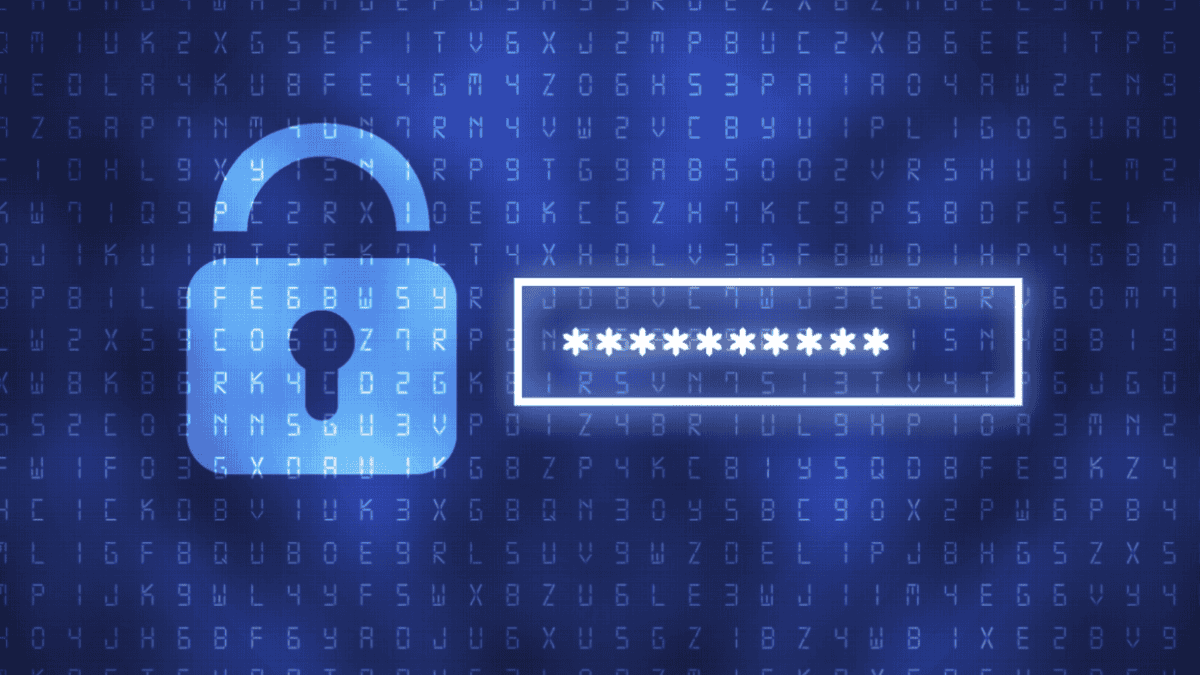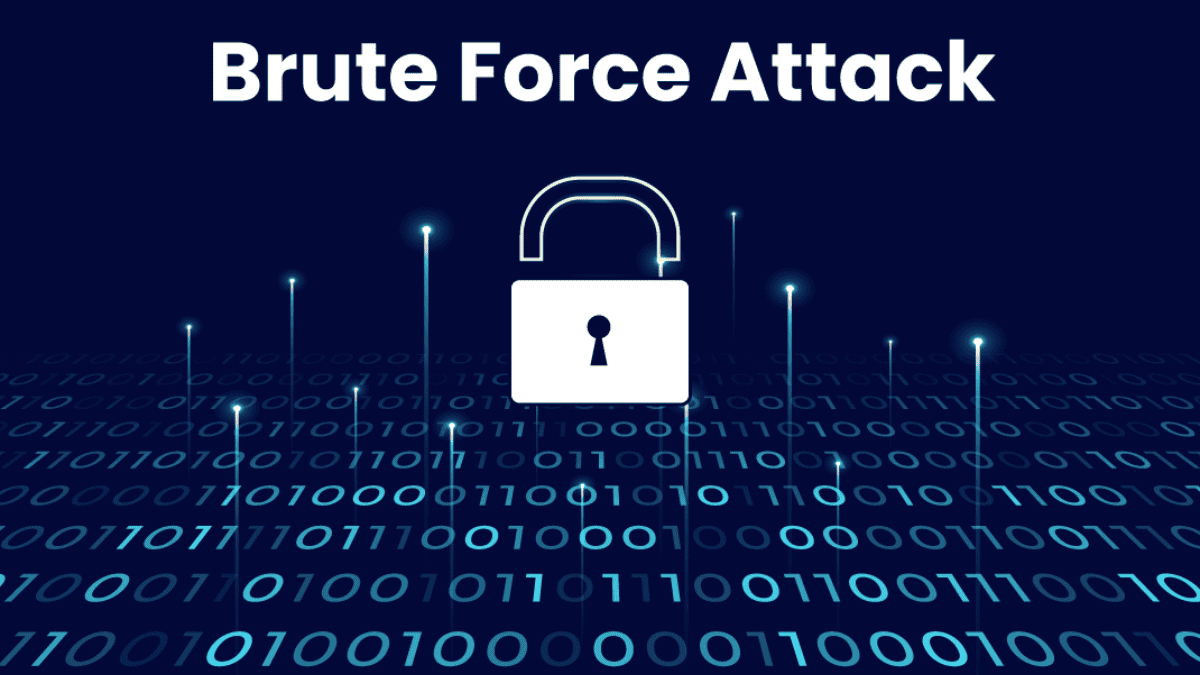A brute force attack is a technique employed by cybercriminals to break into systems or accounts by exhaustively testing every possible password or encryption key combination until the correct one is discovered. This approach relies on the computational power of machines to automate the guessing process, making it a straightforward yet effective strategy for attackers. To protect against such threats, robust cybersecurity measures, such as strong password policies and multi-factor authentication, are essential.
Brute force attacks can target various types of accounts, including email, social media, and online banking. The effectiveness of this method largely depends on the strength of the password or key being targeted. Weak passwords can be cracked in a matter of minutes, while stronger passwords may take significantly longer.
How Brute Force Attacks Work
Brute force attacks operate through a simple process that involves the following steps:
- Target Selection: The attacker identifies a specific account or system to target.
- Password List Creation: The attacker generates a list of potential passwords or uses automated tools to create combinations.
- Attempting Access: The attacker uses software to input the passwords into the login interface repeatedly until access is granted.
The time it takes to successfully execute a brute force attack can vary based on several factors, including the complexity of the password and the attacker's resources. The following table illustrates the estimated time required to crack passwords of varying lengths and complexities:
| Password Length | Complexity Level | Estimated Time to Crack |
| 4 characters | Low | Seconds |
| 6 characters | Low | Minutes |
| 8 characters | Medium | Hours |
| 10 characters | High | Days |
| 12 characters | Very High | Years |
Understanding the mechanics of brute force attacks is essential for SMEs to implement effective security measures. By recognizing the potential risks associated with weak passwords and the methods used by attackers, organizations can better protect their sensitive information and systems.
Targets of Brute Force Attacks
Understanding the targets of brute force attacks is essential for organizations to protect their sensitive information. These attacks can affect various systems and individuals, leading to significant security breaches.
5 Common Targets of Brute Force Attacks
Brute force attacks typically target systems that require authentication. The following table outlines some of the most common targets:
| Target Type | Description |
| User Accounts | Personal and organizational accounts on websites |
| Email Accounts | Access to email services for data theft |
| Web Applications | Online platforms that require user login |
| VPNs | Virtual Private Networks for secure access |
| Databases | Systems storing sensitive information |
Why SMEs are Vulnerable Targets
Small and medium-sized enterprises (SMEs) often face unique challenges that make them attractive targets for brute force attacks. The following table highlights some of the reasons SMEs are particularly vulnerable:
| Vulnerability Factor | Description |
| Limited IT Resources | Many SMEs lack dedicated IT security personnel |
| Weak Password Practices | Employees may use simple or easily guessable passwords |
| Lack of Security Awareness | Employees may not be trained on security best practices |
| Inadequate Security Measures | SMEs may not implement advanced security protocols |
| High Value Data | SMEs often store valuable customer and business data |
Recognizing the common targets and vulnerabilities associated with brute force attacks, SMEs can take proactive steps to enhance their security posture and protect their assets.
Methods Used in Brute Force Attacks
Brute force attacks employ various methods to compromise security systems. Two common techniques are password cracking and credential stuffing. Understanding these methods is essential for SMEs to protect their digital assets.
Password Cracking
Password cracking involves systematically guessing passwords until the correct one is found. Attackers use automated tools to try numerous combinations of characters, often leveraging dictionaries of common passwords or phrases. The effectiveness of this method depends on the complexity and length of the password.

Credential Stuffing
Credential stuffing is a technique where cybercriminals leverage stolen username and password combinations from one data breach to infiltrate accounts across various platforms without permission. This technique exploits the tendency of users to reuse passwords across multiple sites.
| Attack Type | Description | Success Rate |
| Credential Stuffing | Using stolen credentials to access multiple accounts | 2-3% |
| Brute Force | Guessing passwords through systematic attempts | Varies based on password strength |
The table above shows the success rate of credential stuffing compared to traditional brute force attacks. While the success rate may seem low, the sheer volume of attempts can lead to significant breaches, especially if users do not employ unique passwords for different accounts.
Understanding these methods, SMEs can better prepare their defenses against brute force attacks and enhance their overall cybersecurity posture.
Detecting and Preventing Brute Force Attacks
Brute force attacks can pose significant risks to organizations, especially small and medium enterprises (SMEs). Understanding how to detect and prevent these attacks is crucial for maintaining security.
Recognizing Signs of a Brute Force Attack
Identifying the early signs of a brute force attack can help organizations respond quickly. Common indicators include:
| Sign of Attack | Description |
| Multiple Failed Login Attempts | A high number of unsuccessful login attempts from a single IP address within a short time frame. |
| Unusual Account Lockouts | Frequent lockouts of user accounts due to incorrect password entries. |
| Increased Traffic from Specific IPs | A sudden spike in traffic from specific IP addresses, often associated with attack attempts. |
| Login Attempts at Odd Hours | Unusual login attempts occurring during non-business hours. |
Implementing Security Measures
To effectively prevent brute force attacks, organizations should adopt a range of security measures. These can include:
| Security Measure | Description |
| Strong Password Policies | Enforcing complex password requirements, including length, character variety, and regular updates. |
| Account Lockout Mechanisms | Temporarily locking accounts after a set number of failed login attempts to deter attackers. |
| CAPTCHA Implementation | Using CAPTCHA challenges to verify that a user is human, especially after multiple failed attempts. |
| IP Blacklisting | Blocking known malicious IP addresses from accessing the network. |
| Monitoring and Logging | Keeping detailed logs of login attempts and monitoring for unusual patterns or behaviors. |
Recognizing the signs of a brute force attack and implementing robust security measures, SMEs can significantly reduce their vulnerability to these types of threats.
Mitigating Brute Force Attacks
To effectively protect against brute force attacks, organizations must implement robust security measures. Two key strategies include establishing strong password policies and utilizing multi-factor authentication.
Strong Password Policies
Creating strong password policies is essential for reducing the risk of unauthorized access. A strong password should be complex and difficult to guess. The following table outlines the characteristics of a strong password:
| Password Characteristic | Description |
| Length | At least 12 characters |
| Complexity | Includes uppercase letters, lowercase letters, numbers, and special characters |
| Uniqueness | Should not be based on easily obtainable information (e.g., names, birthdays) |
| Regular Updates | Passwords should be changed every 3 to 6 months |
Organizations should also encourage employees to avoid reusing passwords across different accounts. Implementing a password manager can help users generate and store complex passwords securely.
Multi-Factor Authentication
Multi-factor authentication or MFA, adds an additional layer of security by requiring users to provide two or more verification factors to gain access. This significantly reduces the likelihood of successful brute force attacks.
Implementing MFA, organizations can ensure that even if a password is compromised, unauthorized access is still prevented. This strategy is particularly effective for sensitive accounts and systems.
Adopting strong password policies and multi-factor authentication can significantly enhance an organization's defenses against brute force attacks.
Responding to Brute Force Attacks
In the event of a brute force attack, having a structured response is essential for minimizing damage and restoring security. This section outlines the key components of an incident response plan and the steps for recovery and remediation.

Incident Response Plan
An incident response plan is a documented strategy that outlines the procedures to follow when a brute force attack is detected. This plan should include the following elements:
| Element | Description |
| Preparation | Establishing a response team and defining roles and responsibilities. |
| Identification | Detecting and confirming the occurrence of a brute force attack. |
| Containment | Limiting the impact of the attack by isolating affected systems. |
| Eradication | Removing the threat from the environment and addressing vulnerabilities. |
| Recovery | Restoring systems to normal operation and ensuring security measures are in place. |
| Lessons Learned | Reviewing the incident to improve future response efforts. |
Recovery and Remediation
After a brute force attack, recovery and remediation are critical to restoring normal operations and preventing future incidents. The following steps should be taken:
- Assess Damage: Evaluate the extent of the attack and identify compromised accounts or systems.
- Change Passwords: Immediately update passwords for affected accounts, ensuring they meet strong password criteria.
- Implement Security Measures: Strengthen security protocols, such as enabling multi-factor authentication and updating firewall settings.
- Monitor Systems: Increase monitoring of network traffic and user activity to detect any further suspicious behavior.
- Educate Employees: Provide training on security best practices to help employees recognize potential threats and respond appropriately.
Smarter Business, Smarter IT – LK Tech
Having a well-defined incident response plan and following recovery and remediation steps, SMEs can effectively respond to brute force attacks and strengthen their overall security posture. It’s crucial to act quickly and ensure that systems are properly secured to prevent future attempts.
At LK Tech, we offer top-notch IT services in Cincinnati designed to protect your business from cyber threats. Our experienced team provides tailored IT support, ensuring that your infrastructure remains secure and resilient against attacks. If you're looking for reliable IT solutions, contact us today and let us help safeguard your business.


